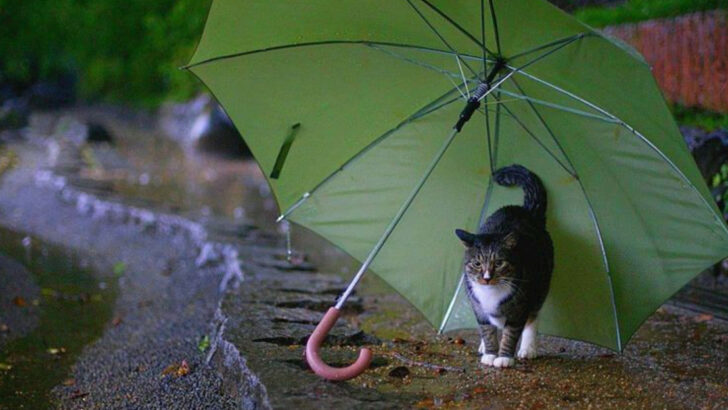Cats are masters of adaptation, and their ability to adjust to the changing seasons is nothing short of remarkable. From their fur coats to their daily habits, felines are perfectly in tune with the world around them, making seasonal shifts look effortless.
As the temperature drops or the days get longer, cats alter their behavior in subtle yet fascinating ways. Whether it’s curling up in a cozy corner to soak up warmth or shedding their thick winter coats, their adaptations are a beautiful reflection of their resilience and grace.
Join us as we explore 17 captivating ways our feline companions adjust to the ever-changing seasons. Each shift in their routine is a testament to their remarkable survival skills and the quiet mystery that makes cats so endlessly fascinating.
Fur Thickening in Winter
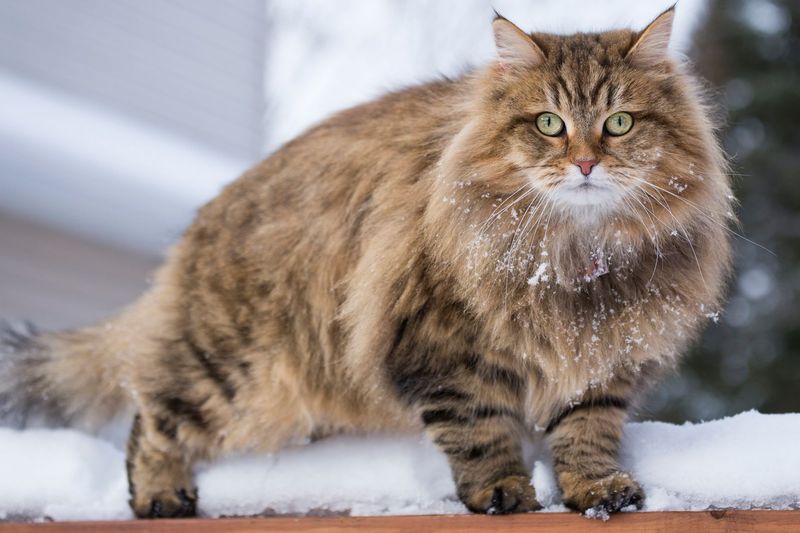
As winter approaches, cats often grow thicker, denser fur to help insulate against the cold. This natural adaptation acts like a warm, protective blanket, allowing them to maintain their body temperature even in chillier climates.
The transformation is gradual, usually starting in late fall as daylight decreases. During this period, cats might spend more time grooming, which helps in distributing natural oils that enhance their coats’ insulating properties.
These changes ensure they are well-equipped to face the dropping temperatures, showcasing nature’s brilliance in preparing them for the season.
Shedding in Spring
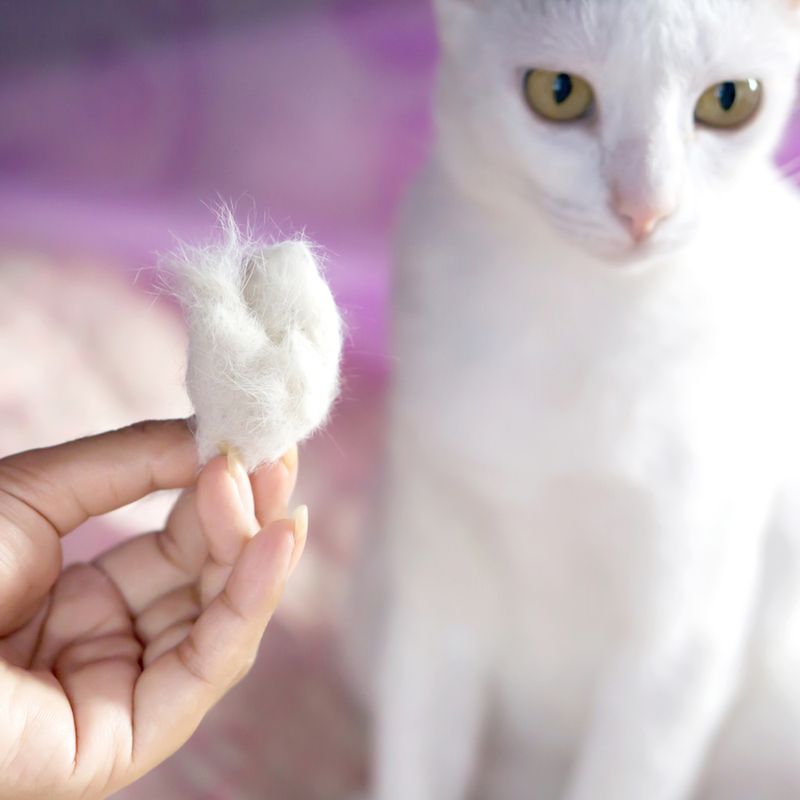
With the onset of spring, cats begin to shed their heavier winter coats. This process is crucial for adjusting to warmer temperatures. Shedding is more than just losing fur; it involves a careful balance of maintaining comfort and skin health.
Cats may seek out cool spots more frequently as they lose the extra insulation. This phase also necessitates more grooming to help manage the shedding fur, which can otherwise lead to hairballs.
Owners may notice an increase in fur around the home, signaling the cat’s preparation for the warmer weather ahead.
Increased Water Intake in Summer
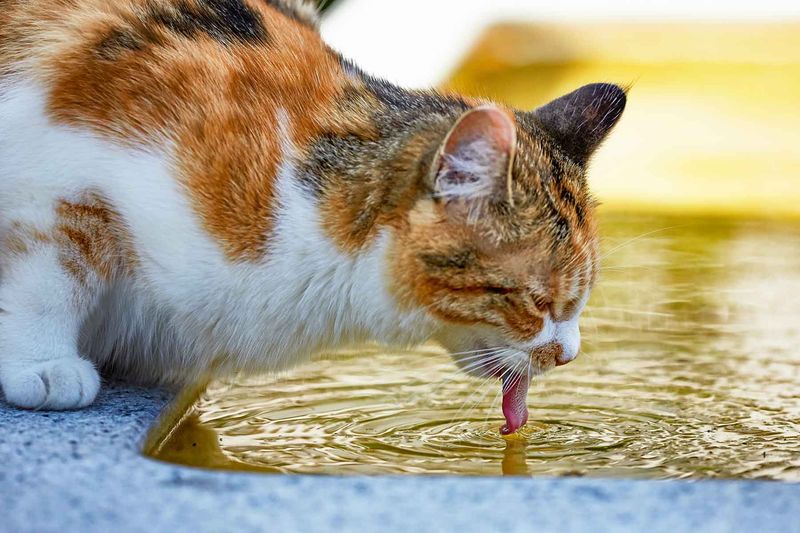
During the hot summer months, cats instinctively increase their water intake to stay hydrated. As temperatures rise, maintaining hydration is vital for their health and comfort.
Cats may seek out fresh water sources more diligently and may even prefer moving water, such as fountains, which are cooler and more appealing. This behavior ensures they efficiently manage their body temperature and avoid overheating.
Providing ample fresh water and shaded areas during this time can assist cats in coping with the summer heat, keeping them happy and healthy.
Reduced Activity in Heat
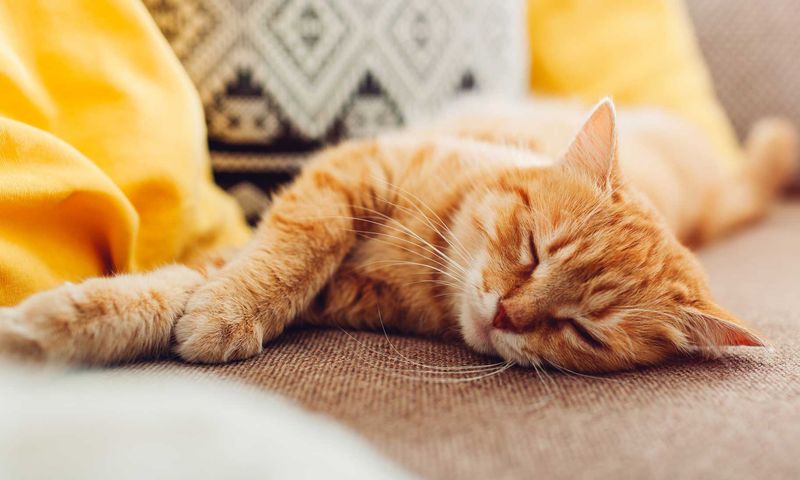
As temperatures soar, cats tend to reduce their activity levels to conserve energy and avoid overheating. You might find them lounging in shaded areas, napping more frequently during the daytime.
This behavioral change is a survival mechanism, allowing them to manage their body heat efficiently. By moving less, they conserve energy and prevent excess heat build-up.
Providing cool resting spots and ensuring a well-ventilated environment can enhance their comfort during this period. This adaptation highlights their instinctive ability to adjust to climatic conditions.
Seeking Warmth in Winter
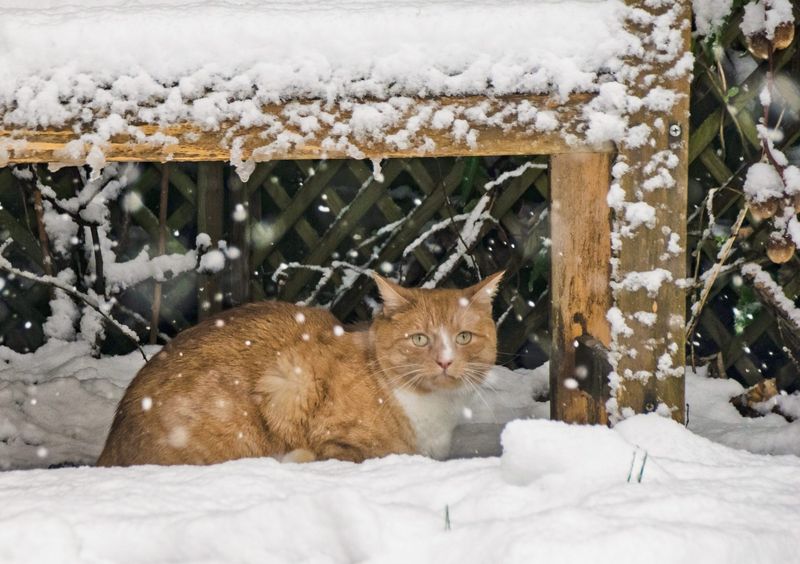
In winter, cats often seek out warm spots to curl up in, such as near radiators, fireplaces, or sunny windowsills. This behavior is not only for comfort but also a vital way to conserve energy and maintain body temperature.
Cats are experts at finding the coziest spots, and they may follow the sun’s path throughout the day. Providing them with warm blankets or heated beds can support this instinctual need.
By seeking warmth, cats demonstrate their ability to adapt and thrive even when the weather turns cold and unforgiving.
Increased Appetite in Fall
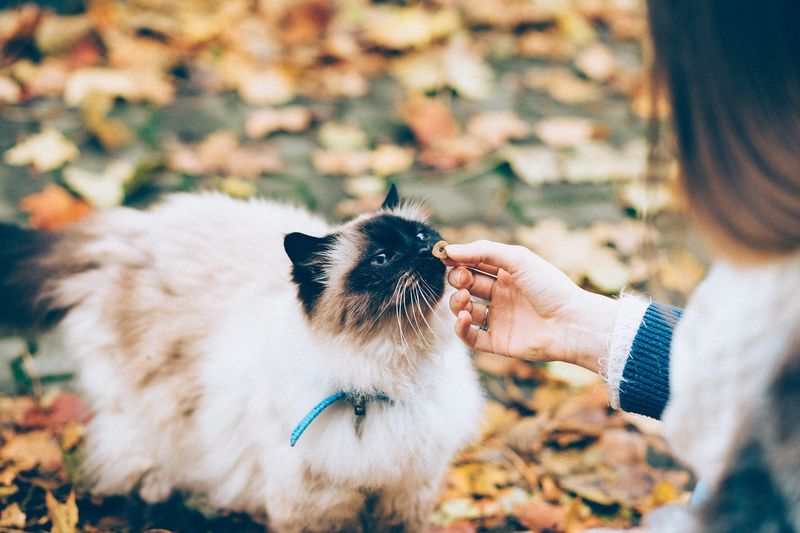
As the fall season approaches, many cats experience an increase in appetite. This change is thought to be a preparatory measure for the colder months ahead, allowing them to build up fat reserves.
The additional nourishment helps sustain them through winter when their energy needs rise due to lower temperatures. Owners might observe their cats being more enthusiastic about meal times or requesting food more often.
Adjusting meal portions responsibly can ensure they receive adequate nutrition without overindulging. This seasonal dietary shift underscores their inherent ability to anticipate and prepare for future environmental changes.
Heightened Playfulness in Spring
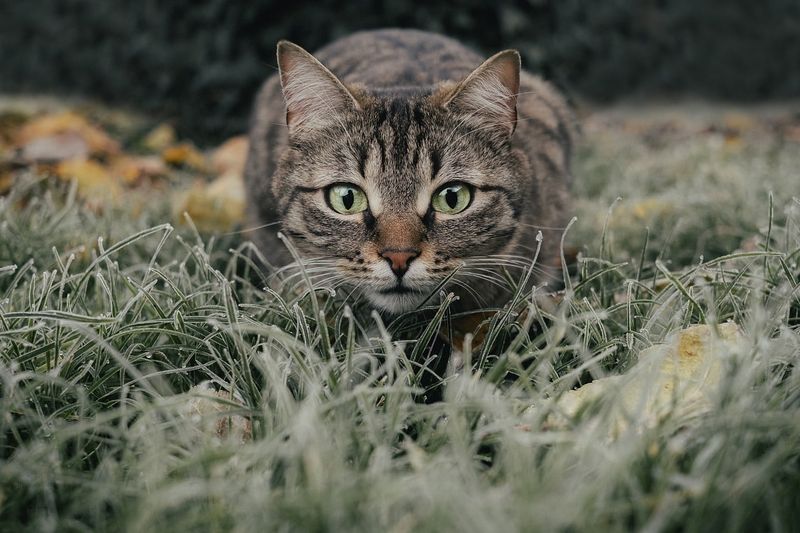
Spring often brings about a renewed sense of playfulness in cats. This seasonal behavior is likely linked to increased daylight and milder weather, which stimulate activity and curiosity.
Cats might engage more in playful antics, exploring outdoor spaces and interacting with their environment. This period is ideal for introducing new toys or engaging in interactive play sessions to harness their heightened energy.
Such playful behavior not only satisfies their natural instincts but also contributes to their physical and mental well-being, making it a delightful time for both cats and their owners.
Allergy Sensitivity in Spring
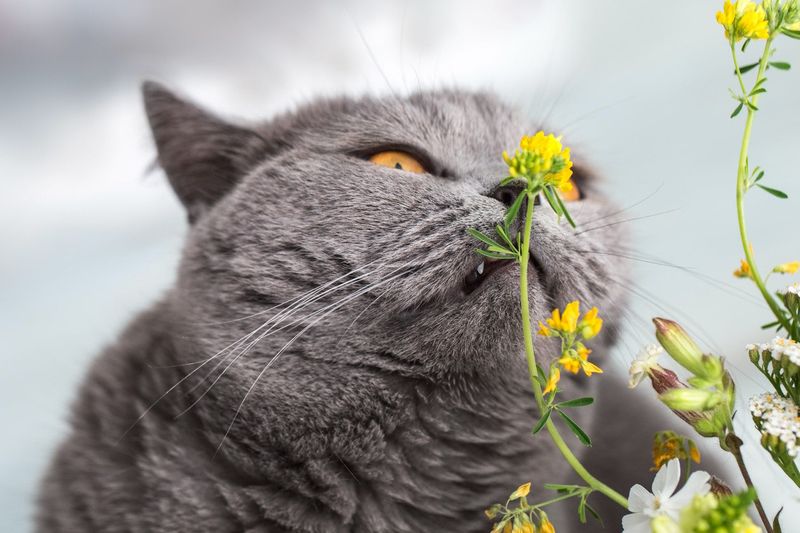
Spring can also mean allergies for some cats, similar to humans. The increase in pollen and other allergens can lead to symptoms like sneezing, itchy skin, and watery eyes.
Owners may notice their cats grooming more often to alleviate irritation or even scratching more than usual. Managing these sensitivities might involve keeping windows closed during high pollen days or using air purifiers.
Regular grooming can help remove allergens from their coats, reducing discomfort. Understanding and addressing these seasonal sensitivities can ensure cats remain comfortable and healthy during spring.
Adjustment to Daylight Changes
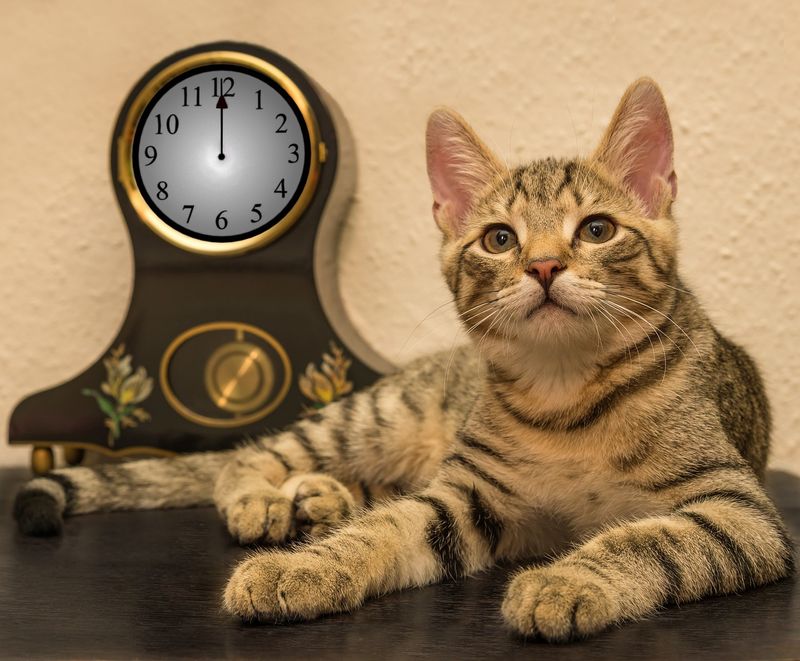
Cats are highly attuned to changes in daylight, which can affect their behavior and routines. As days lengthen in spring or shorten in fall, cats may adjust their activity levels and sleep patterns.
Longer daylight hours often lead to increased activity and playfulness, while shorter days might prompt more rest and relaxation. Owners can support this adaptation by maintaining consistent feeding schedules and providing engaging activities.
This sensitivity to light changes highlights cats’ intrinsic connection to their environment, enabling them to smoothly transition through seasonal shifts.
Seeking Cool Spots in Summer
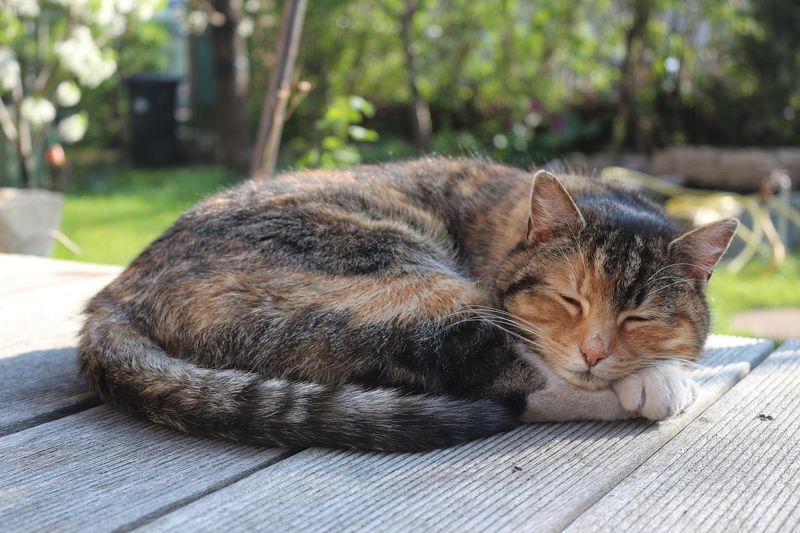
In the heat of summer, cats instinctively seek out cool places to rest, helping them regulate their body temperature. Tile floors, shaded patios, or breezy areas become favorite lounging spots during this time.
By minimizing exertion and finding cooler areas, cats can effectively manage their comfort and health. Providing fans or air-conditioned spaces can support this behavior, ensuring they escape the summer heat successfully.
Owners can also provide cooling mats designed for pets. These adaptations showcase their natural acumen in dealing with high temperatures, keeping them safe and comfortable.
Increased Hunting Instincts in Fall
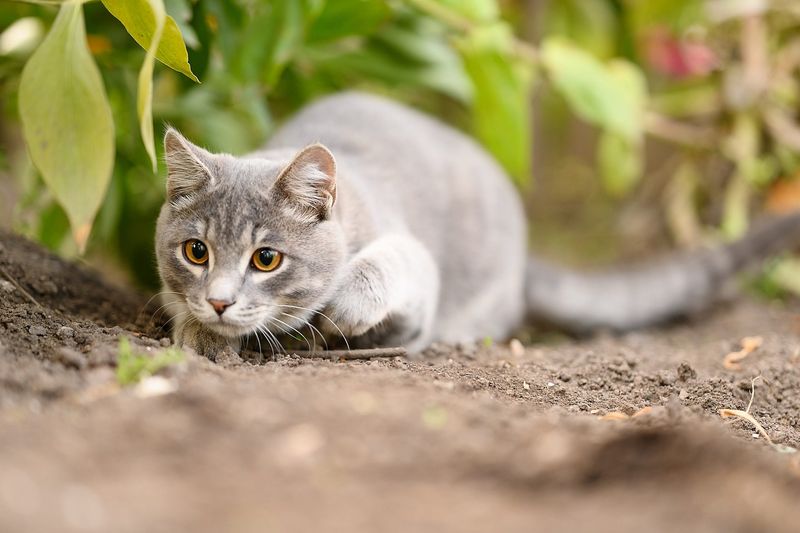
Fall often heightens a cat’s hunting instincts, possibly due to the preparation for winter. Cooler temperatures and more active prey may trigger these natural urges. Cats might spend more time outdoors, keenly observing and stalking small animals.
This instinctual behavior is vital for their mental stimulation and physical exercise. Encouraging safe hunting practices through interactive toys or supervised outdoor exploration can satisfy these instincts.
Providing opportunities for mental and physical engagement ensures their well-being. This seasonal shift underscores the deep-rooted survival traits inherent in cats, offering a glimpse into their wild ancestry.
Winter Weight Gain
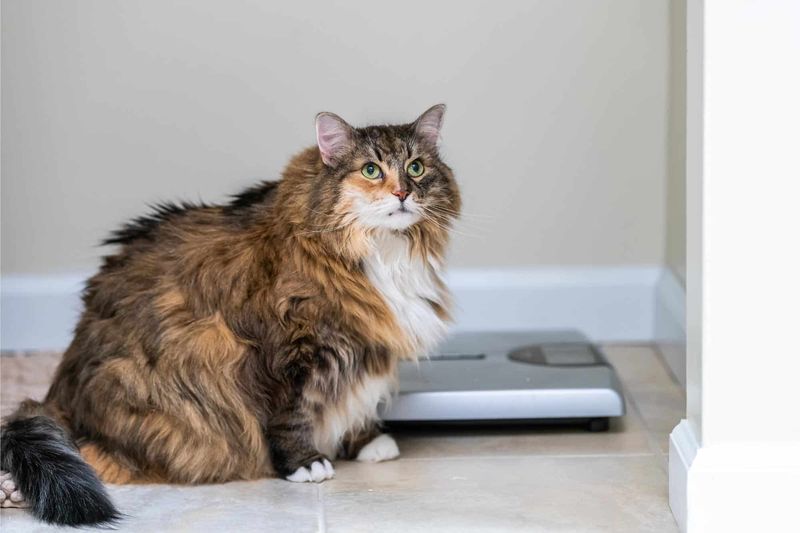
Winter can lead to slight weight gain in cats as they become less active and focus on staying warm. This natural response helps maintain energy reserves during colder months.
While some weight gain is typical, it’s important to monitor their health and avoid obesity. Balancing their diet with appropriate exercise can help manage their weight effectively. Cats may prefer to sleep more, conserving energy while keeping warm.
By understanding and adjusting to these seasonal changes, owners can ensure their cats stay healthy through winter while respecting their natural behaviors.
Grooming Changes with Seasons
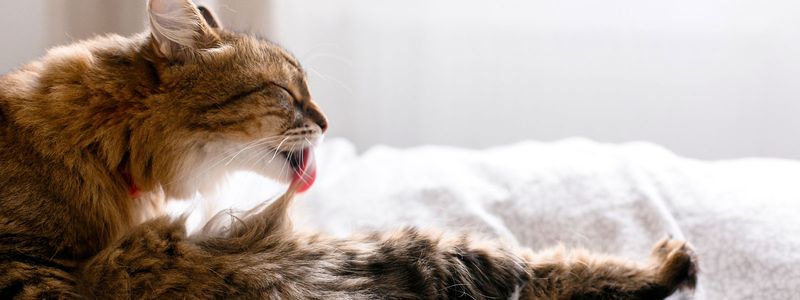
Cats are meticulous groomers, and their grooming habits can shift with the seasons. In winter, additional grooming aids in distributing oils for fur insulation, while spring brings an increase in grooming to handle shedding.
This routine not only keeps their coats in excellent condition but also provides comfort and stress relief. During high-shedding periods, regular brushing by owners can support their natural grooming efforts and reduce hairball formation.
This adaptability in grooming routines showcases cats’ ability to maintain health and hygiene in response to seasonal demands, underscoring their thoughtful self-care practices.
Behavioral Changes in Seasonal Transition
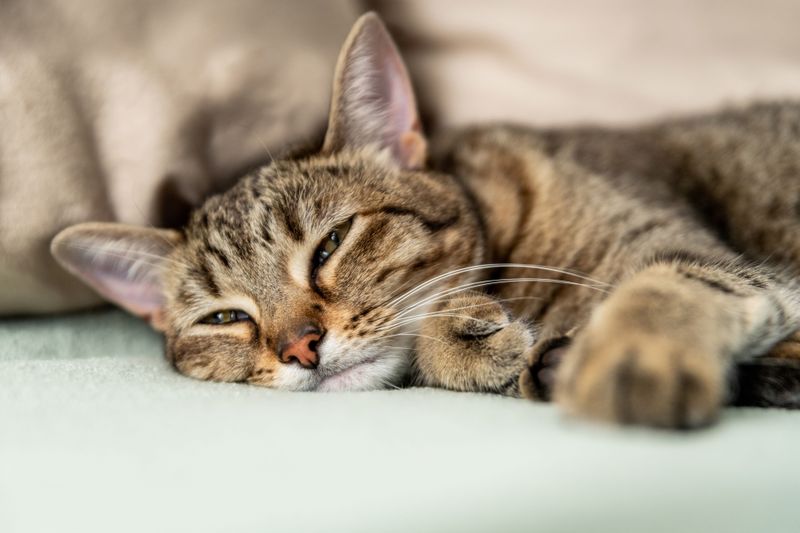
As seasons transition, cats may exhibit behavioral changes reflecting their adaptability to new conditions. These shifts can include altered activity levels, changes in sleep patterns, or new preferences for resting spots.
Cats might show increased curiosity or cautiousness as they adjust to changing environments. Owners can facilitate this transition by observing their cats’ needs and providing consistent routines.
These behavioral adjustments highlight their intelligence and ability to thrive amidst environmental changes. Understanding and supporting these shifts can enhance their comfort and the bond shared with their human companions.
Adapting to Rainy Seasons
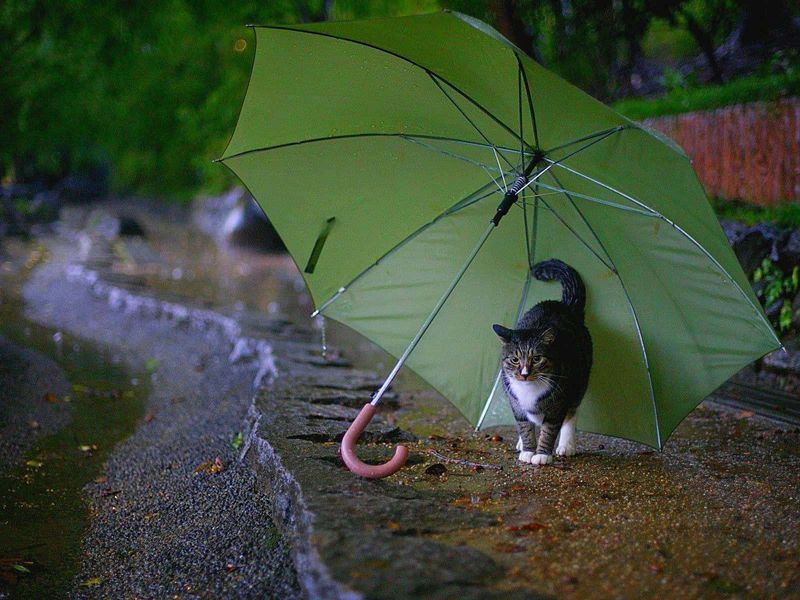
Rainy seasons can influence cats’ behavior, prompting them to seek shelter more frequently. Wet weather might lead to decreased outdoor activity, with cats preferring the cozy indoors.
They may show reluctance to venture outside and instead focus on indoor exploration or relaxation. Providing stimulating toys and activities indoors can help keep them engaged during long rainy spells.
This behavior reflects their pragmatic approach to comfort and safety. Understanding these seasonal preferences allows owners to create a nurturing environment that respects their cats’ instinctual need for warmth and dryness.
Adapting Diets to Seasonal Foods
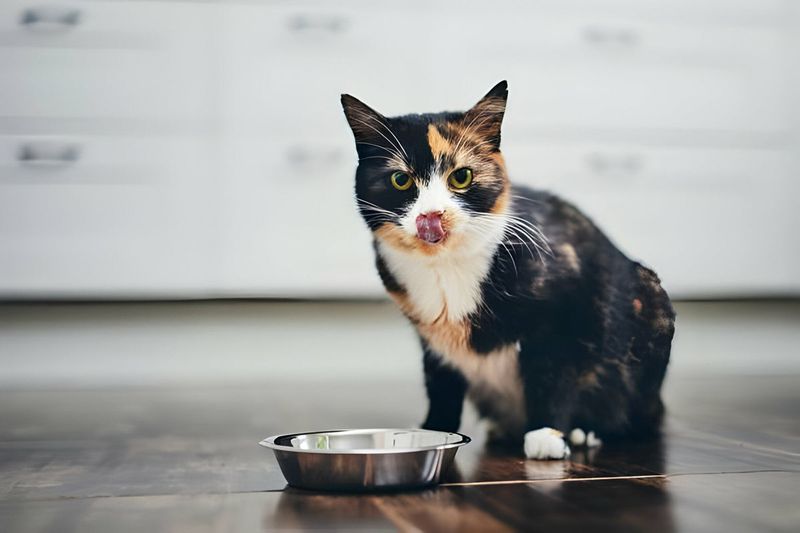
Cats’ diets can subtly adjust with seasonal food availability. During certain times of the year, they might be offered seasonal fruits or vegetables as treats, aligning with what’s naturally available.
While their primary diet remains carnivorous, these additions can provide variety and enrichment. It’s crucial to ensure any supplemental foods are safe for feline consumption.
This seasonal dietary flexibility supports their health and introduces new flavors to their palate. Owners can explore safe options to enhance their cats’ meals, contributing to their overall dietary satisfaction and well-being.
Seasonal Coat Color Changes

Some cats experience subtle changes in coat color with the seasons, influenced by light exposure and temperature variations. This phenomenon is particularly noted in breeds like the Siamese, where cooler temperatures can darken fur.
These changes are often gradual, aligning with seasonal shifts. While primarily aesthetic, they can also be an indicator of environmental adaptation. Observing these changes can provide insights into their health and well-being.
Owners might find these transformations intriguing, offering a visual representation of their cats’ connection with the natural world.

